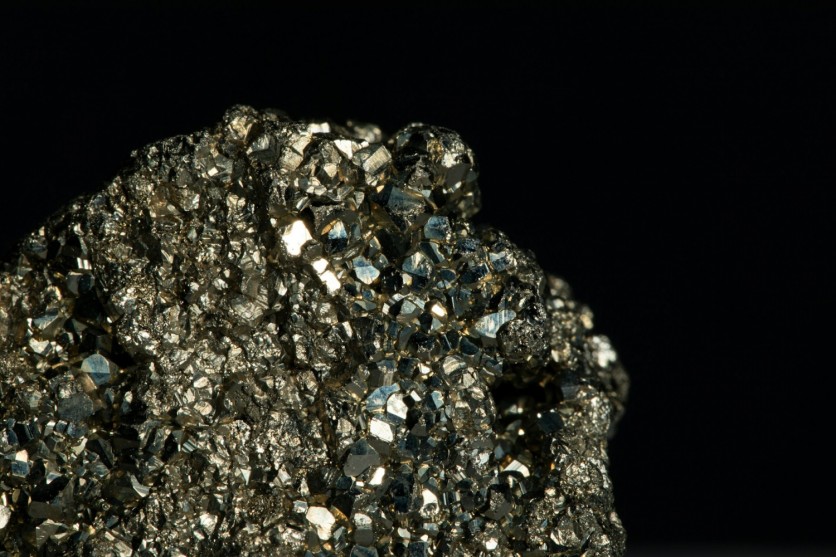A groundbreaking discovery has challenged the long-held belief that oxygen is produced solely by photosynthetic organisms.
In their latest study, researchers have identified metallic minerals on the deep ocean floor that emit oxygen, a finding with profound implications for our understanding of Earth's atmosphere and potential extraterrestrial life.
Oxygen Production Beyond Photosynthesis

An international team of scientists exploring the Clarion-Clipperton Zone in the Pacific Ocean stumbled upon polymetallic nodules capable of producing oxygen. These mineral-rich formations, found at depths of over 13,000 feet, have overturned the traditional notion that oxygen is generated exclusively through photosynthesis.
In an interview with Interesting Engineering, the study's co-author Franz Geiger said that their latest study opens some possibilities for research centered on planetary bodies with oceans.
The discovery of "dark oxygen," as it's been termed by Andrew Sweetman of the Scottish Association for Marine Science (SAMS), raises interesting queries about the origins of life and the potential for oxygen-producing environments on other planets.
Scientists believe that these metallic nodules function as natural "geobatteries," harnessing the energy of seawater to generate oxygen.
"For aerobic life to begin on the planet, there had to be oxygen, and our understanding has been that Earth's oxygen supply began with photosynthetic organisms," Sweetman stated in a statement.
A New Frontier for Energy and Environmental Research
The polymetallic nodules responsible for this remarkable phenomenon are also rich in valuable metals such as cobalt, nickel, copper, lithium, and manganese. These elements are critical for the burgeoning renewable energy sector, particularly for battery production.
However, the potential for deep-sea mining poses significant environmental risks. The researchers caution against extracting these minerals without carefully considering the impact on marine ecosystems. The delicate balance of the deep ocean environment and the potential role of these nodules in supporting deep-sea life must be prioritized.
This scientific discovery opens up new pathways for scientific exploration and highlights the importance of protecting our planet's oceans.
Scientists hope to unlock the secrets of this extraordinary phenomenon and its implications for both Earth and beyond as the study continues.
To view the study entitled Evidence of dark oxygen production at the abyssal seafloor, visit Nature.com for more information.
In other science-related news, Tech Times reported that climate change has something to do with the blooming plants in the driest desert on Earth.
With such extreme conditions, it's rare to see plants in full bloom, especially during the winter in the Atacama Desert. It's a rare occurrence to see a display of flowers here.
According to the researchers, the El Nino effect in Chile could be the reason why it's happening in the first place. Usually, spring is the peak season when flowers bloom in the months of June, July, and August.
Interestingly, climate change was also attributed to the blossoming of flowers in Antarctica in 2023.





